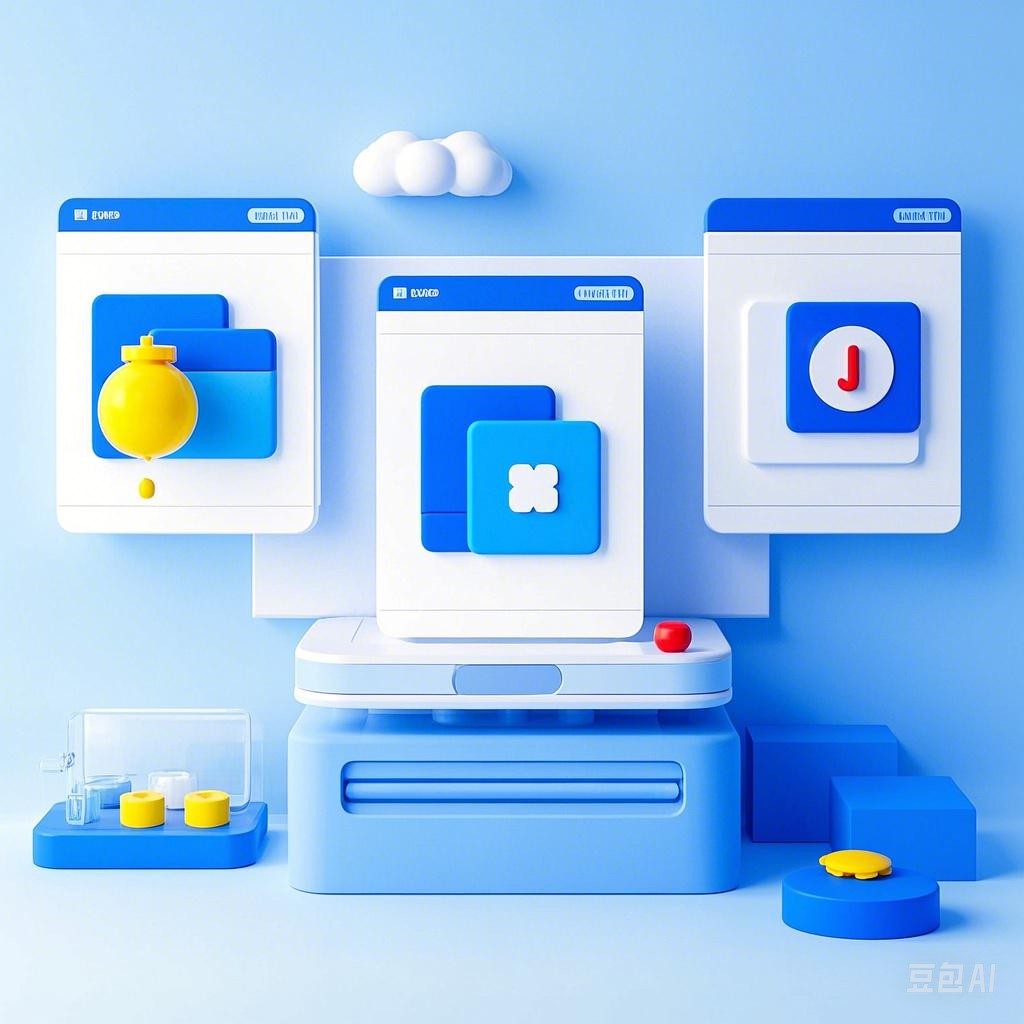在竞争激烈的服装批发市场中,如何高效管理库存、避免囤货风险,以及精准选货是每个批发商面临的重要问题。本文将深入探讨如何通过有效的库存查询和管理方法,轻松应对这些挑战。
一、库存查询的重要性
1.1 库存周转率
库存周转率是衡量服装批发市场运营效率的关键指标。高周转率意味着资金流通快,库存积压少,从而降低成本,提高利润。
1.2 避免囤货风险
库存过多会导致资金占用,增加仓储成本,甚至可能因流行趋势变化导致商品滞销。通过实时库存查询,可以及时调整采购策略,减少囤货风险。
二、库存查询工具与方法
2.1 电子库存管理系统
利用电子库存管理系统,可以实时监控库存数量、销售情况、采购记录等数据。以下是一个简单的电子库存管理系统的示例:
class InventoryManagementSystem:
def __init__(self):
self.inventory = {}
def add_product(self, product_id, quantity):
if product_id in self.inventory:
self.inventory[product_id] += quantity
else:
self.inventory[product_id] = quantity
def remove_product(self, product_id, quantity):
if product_id in self.inventory and self.inventory[product_id] >= quantity:
self.inventory[product_id] -= quantity
else:
print("Insufficient stock!")
def get_stock(self, product_id):
return self.inventory.get(product_id, 0)
# 示例使用
ims = InventoryManagementSystem()
ims.add_product("T001", 100)
print(ims.get_stock("T001")) # 输出:100
ims.remove_product("T001", 20)
print(ims.get_stock("T001")) # 输出:80
2.2 信息化平台
利用信息化平台,如批发市场官方网站、第三方平台等,可以方便地查询各类服装的库存信息。以下是一个简单的查询示例:
SELECT product_id, stock_quantity FROM inventory WHERE category = 'Tops';
三、精准选货策略
3.1 市场调研
了解市场需求和流行趋势,是精准选货的基础。可以通过以下方式获取市场信息:
- 关注服装行业相关论坛、社交媒体
- 参加行业展会、讲座
- 咨询行业专家
3.2 数据分析
通过分析销售数据、库存数据等,可以找出热销产品、滞销产品,为选货提供依据。以下是一个简单的数据分析示例:
def analyze_sales_data(sales_data):
popular_products = {}
for record in sales_data:
product_id = record['product_id']
quantity_sold = record['quantity_sold']
if product_id in popular_products:
popular_products[product_id] += quantity_sold
else:
popular_products[product_id] = quantity_sold
return popular_products
# 示例数据
sales_data = [
{'product_id': 'T001', 'quantity_sold': 150},
{'product_id': 'T002', 'quantity_sold': 120},
{'product_id': 'T003', 'quantity_sold': 90}
]
popular_products = analyze_sales_data(sales_data)
print(popular_products) # 输出:{'T001': 150, 'T002': 120, 'T003': 90}
四、总结
通过有效的库存查询和管理,以及精准的选货策略,服装批发商可以降低库存风险,提高运营效率。本文介绍了电子库存管理系统、信息化平台、市场调研、数据分析等方法,希望能为批发商提供有益的参考。
